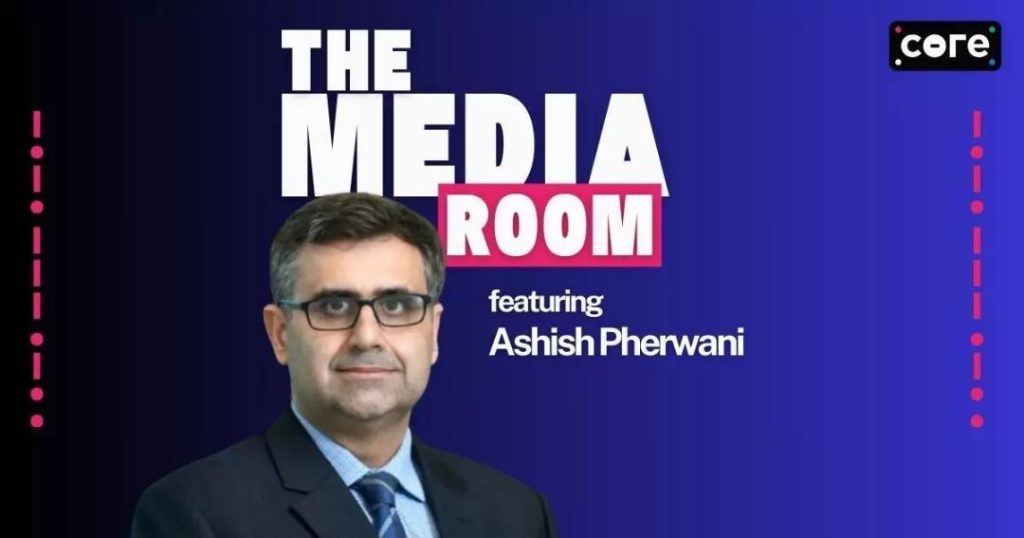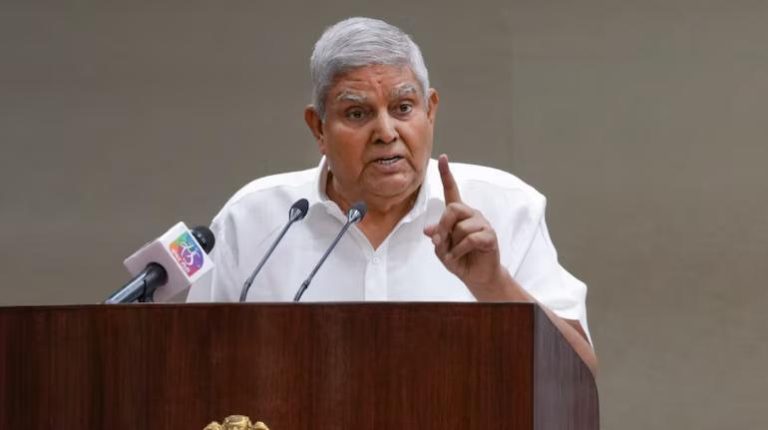
India’s Media Industry in Flux: Digital Tops, TV Shrinks
The Indian media and entertainment industry, once a thriving and rapidly growing sector, has finally started to show signs of slowing down. The latest data from EY, a leading global professional services firm, reveals that the industry grew at a mere 3.3% in 2024, reaching a size of ₹2.5 lakh crore. This modest growth is a far cry from the double-digit growth rates the industry witnessed just a few years ago.
One of the most significant trends in the industry is the shift in consumer behavior, with digital media overtaking television as the largest segment. According to EY’s analysis, digital media accounted for over 40% of the industry’s revenue in 2024, while television accounted for around 30%. This is a significant departure from the past, when TV was the undisputed king of Indian entertainment.
The rise of digital media can be attributed to the increasing adoption of smartphones and the proliferation of social media platforms. Today, Indians spend a significant amount of time on their mobile devices, consuming content, watching videos, and engaging with friends and family. This shift in consumer behavior has created new opportunities for digital media platforms, which have been quick to capitalize on this trend.
Another significant trend in the industry is the growth of events and digital out-of-home media. As consumers become increasingly immune to traditional forms of advertising, such as TV and print, advertisers are looking for new and innovative ways to reach their target audience. Events and digital out-of-home media have filled this gap, providing a unique and engaging platform for advertisers to connect with their audience.
However, not all segments of the industry have been immune to the changes in consumer behavior. Segments like TV, animation, gaming, and subscription revenue have all declined in recent years. The decline in TV viewership can be attributed to the rise of digital media, while the decline in animation and gaming can be attributed to increased competition and changing consumer preferences.
The decline in subscription revenue is a concern for the industry, as it has significant implications for the future of content creation. Subscription-based models have been a key driver of growth for many streaming services, and the decline in subscription revenue could have a ripple effect throughout the industry.
So, what’s driving this shift in the Indian media and entertainment industry? According to EY’s analysis, there are several key factors at play. Firstly, shifting screen habits are driving the growth of digital media. As consumers increasingly turn to their mobile devices for entertainment, advertisers are following suit, opting for digital platforms to reach their target audience.
Secondly, small and medium-sized enterprises (SMEs) are driving ad growth in the industry. SMEs are increasingly turning to digital media platforms to reach their target audience, and this trend is expected to continue in the future.
Finally, emerging cost efficiencies through AI are enabling the industry to reduce costs and increase efficiency. Artificial intelligence (AI) is being used to automate processes, personalize customer experiences, and optimize advertising campaigns, all of which are helping to reduce costs and increase efficiency.
In conclusion, India’s media industry is in a state of flux, with digital media overtaking TV as the largest segment. The rise of digital media, events, and digital out-of-home media is creating new opportunities for advertisers and content creators, while the decline in TV, animation, gaming, and subscription revenue is a concern for the industry.
As the industry continues to evolve, it will be important for content creators and advertisers to adapt to changing consumer behavior and adopt new technologies and strategies. With AI emerging as a key driver of cost efficiency, the industry is poised for a period of significant transformation and growth.
Sources:





